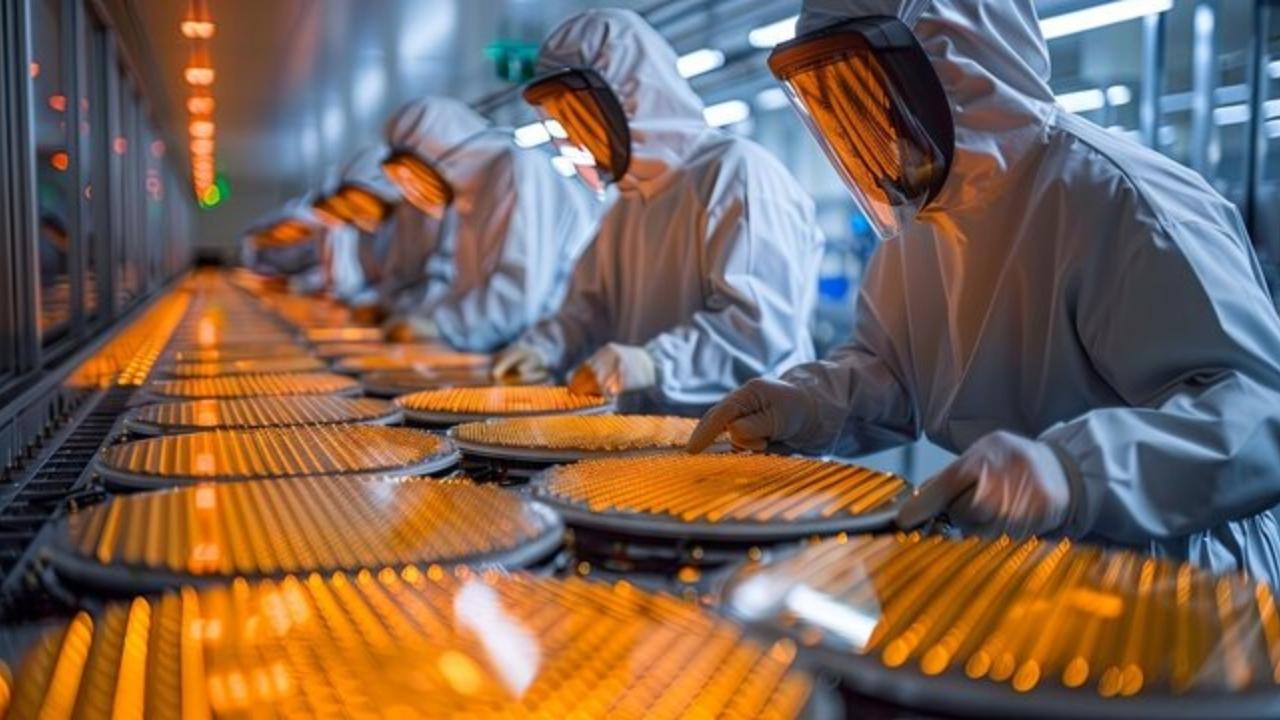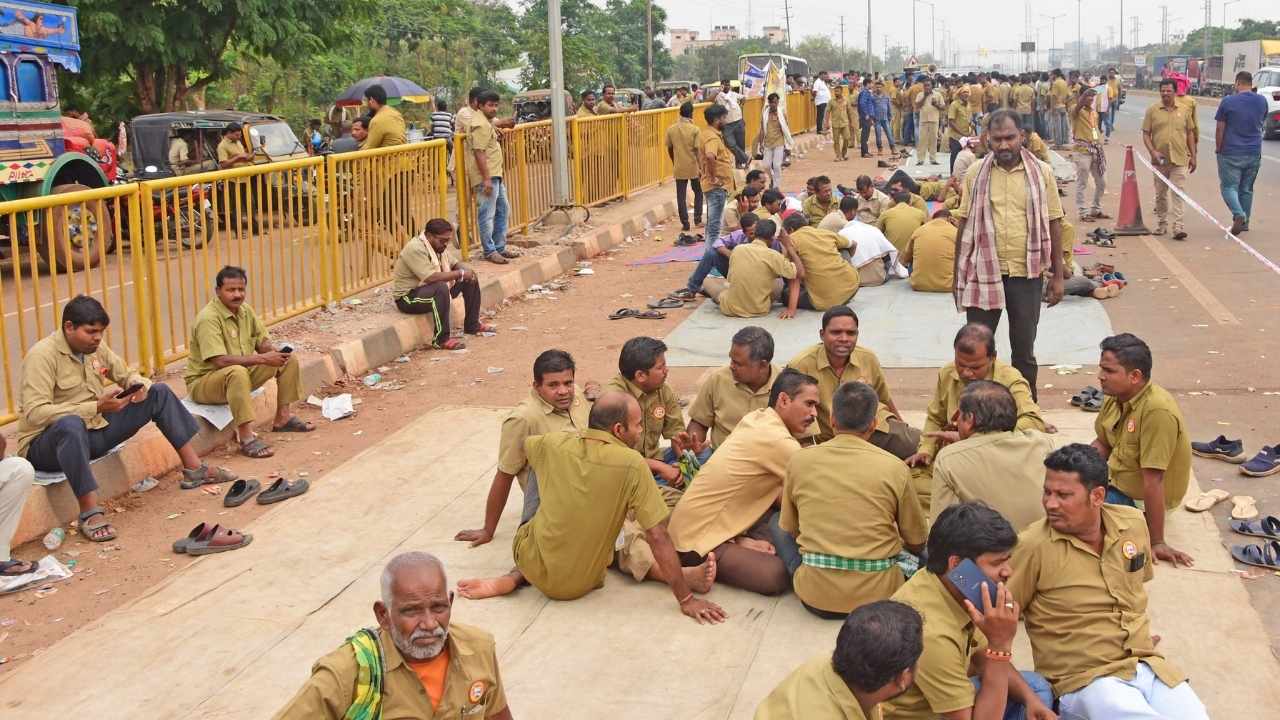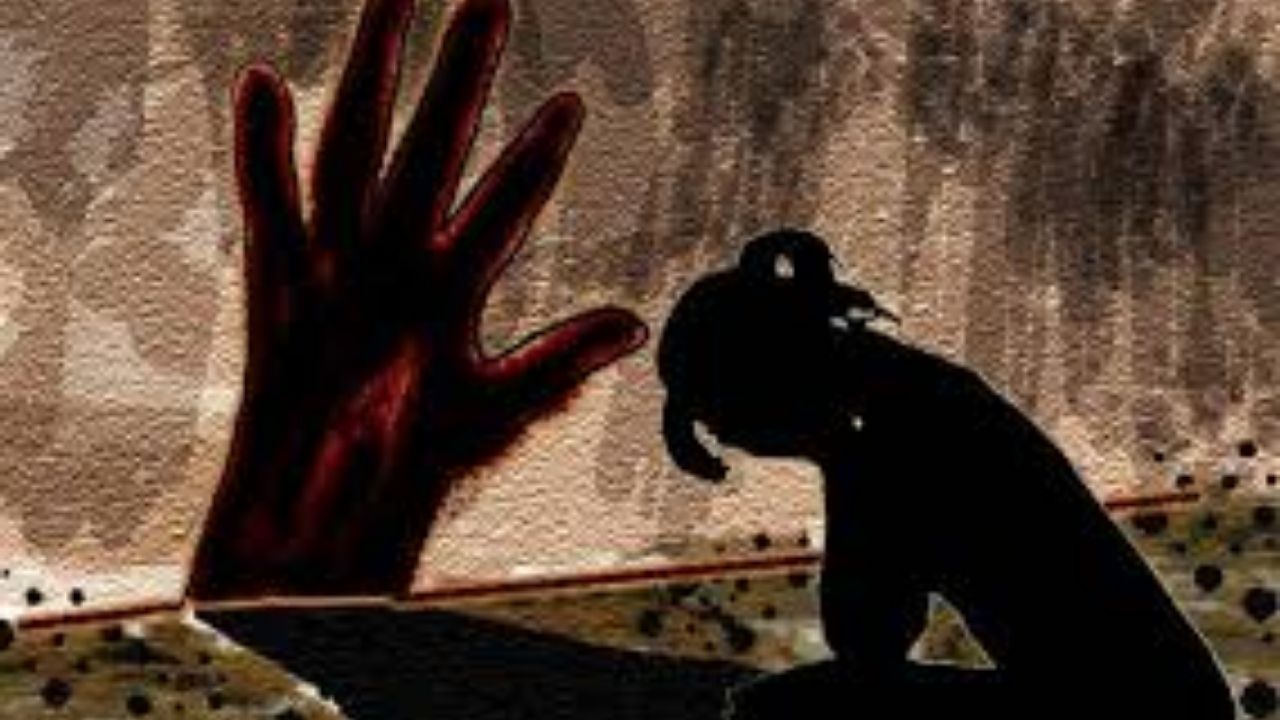The Puri Rath Yatra 2025 has been making headlines not only for its grandeur but also for the slight hiccup in the schedule. After the sacred festival concluded, the much-anticipated chariot dismantling process began later than usual. The delay? A brand-new godown (storage facility) had to be completed before the chariot parts could be safely stored. This move was aimed at protecting the heritage, strengthening preservation efforts, and improving long-term storage conditions for future generations.
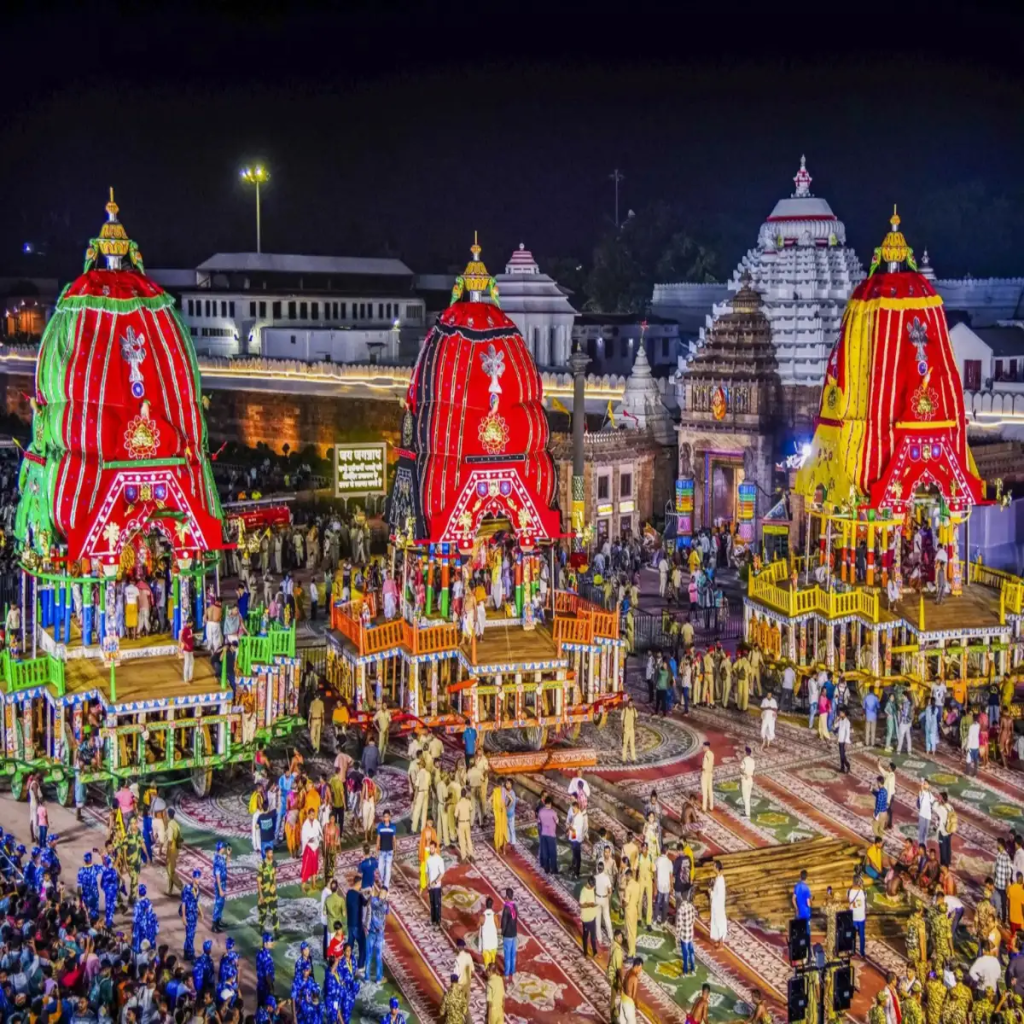
For anyone who has ever seen the Rath Yatra in person—or even just caught it on TV—it’s nothing short of jaw-dropping. The massive wooden chariots of Lord Jagannath, Lord Balabhadra, and Goddess Subhadra aren’t just religious symbols; they’re marvels of traditional engineering. So, when dismantling got delayed this year, devotees, locals, and even international visitors started buzzing with questions.
Puri Rath Yatra 2025
| Topic | Details |
|---|---|
| Event | Puri Rath Yatra 2025 – Chariot Dismantling |
| Reason for Delay | Completion of a new permanent godown (storage facility) at Masani Chandi Sahi |
| Chariots Involved | Nandighosa (Jagannath), Taladhwaja (Balabhadra), Darpadalana (Subhadra) |
| Start of Dismantling | Began with Subhadra’s chariot, led by Bhoi Sevayats |
| Security | High vigilance to protect rituals and storage process |
| Storage Facility Features | Modern infrastructure with improved security and preservation |
| Official Reference | Shree Jagannath Temple Administration (SJTA) |
The Puri Rath Yatra 2025 chariot dismantling may have started a little late, but the delay turned out to be a blessing in disguise. With a modern godown in place, preservation has been taken to the next level—ensuring that the sacred parts of the chariots remain protected for future generations. By blending tradition with modern infrastructure, the Rath Yatra continues to embody both heritage and progress.
Why the Delay Was Actually Good News
At first glance, a delay in dismantling might sound like a glitch. But in reality, this move signals progress. Think about it—every year, after the Bahuda Yatra (return journey), the giant wooden chariots have to be taken apart piece by piece. Earlier, storage was a challenge. With the new permanent godown, the Shree Jagannath Temple Administration (SJTA) ensured that dismantled parts like sacred wheels, beams, and canopies are stored under secure and eco-friendly conditions.
Just like when your favorite baseball team invests in a new training facility—it’s not just about luxury, it’s about building a sustainable future. The godown works the same way: safeguarding priceless heritage while making the ritual process smoother in the long run.
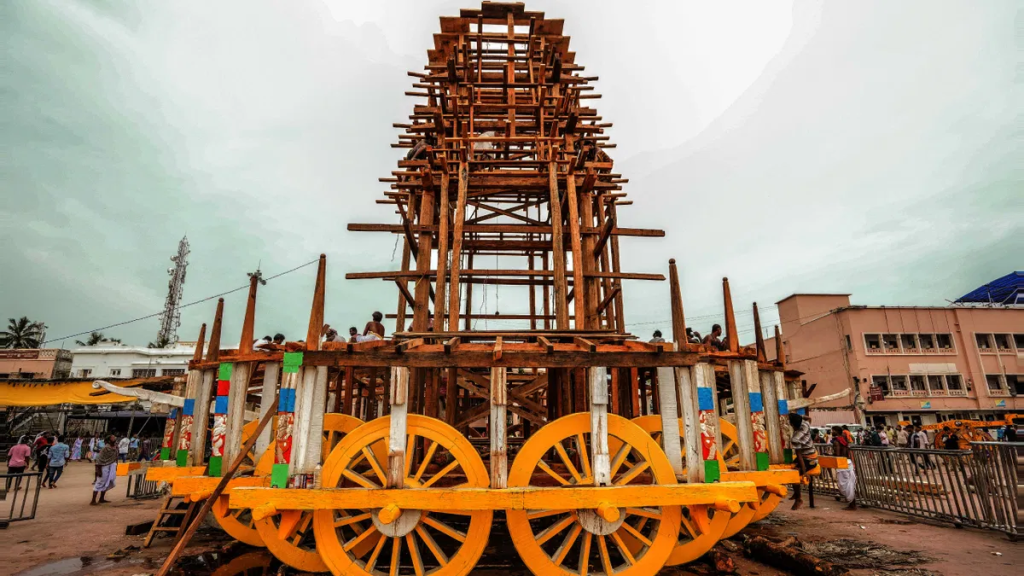
The Rituals of Dismantling: More Than Just Woodwork
The Traditional Flow
Dismantling isn’t done with hammers and saws like a regular construction site. It’s steeped in ritual. The Bhoi Sevayats (traditional service community) kick off the process, starting from the top of the chariots after invoking divine blessings. First, Goddess Subhadra’s chariot, Darpadalana, is dismantled. Only then do they move on to Balabhadra’s Taladhwaja and Lord Jagannath’s Nandighosa.
Each step—from removing the “kalasa” (crown) to disassembling the “chakra” (wheel)—follows procedures that have been carried forward for centuries.
Why It Matters
This isn’t just carpentry. For devotees, the dismantling ritual is symbolic of renewal—tearing down what is old, preserving what is sacred, and preparing the path for next year’s Yatra.
What Happens to the Dismantled Parts?
Here’s the fun part. The dismantled components don’t just gather dust in a warehouse. Instead, they often find their way into the lives of devotees:
- Auction of Parts: The temple administration occasionally auctions sacred pieces like the wheels, prabha (arches), and other elements. Prices can go high because devotees believe owning a piece of the Rath brings blessings into their homes. According to Odisha Bytes (2025), auction prices for parts have gone up significantly this year.
- Wood Reuse: Some wood is recycled into smaller religious artifacts or stored for rituals.
- Devotional Keepsakes: Many locals use smaller pieces as protective charms or install them in family shrines.
In a way, it’s like buying memorabilia from the Super Bowl—but in this case, the value isn’t just cultural; it’s spiritual.
The Bigger Picture: Why Preservation Is a Hot Topic
Preserving the Rath Yatra heritage isn’t just about safeguarding tradition; it has global significance. The Jagannath culture is recognized worldwide, and Rath Yatra celebrations are held in cities like New York, London, and San Francisco. With the global spotlight comes greater responsibility.
- Tourism Impact: The Rath Yatra pulls in over a million visitors each year, boosting Odisha’s economy. According to the Odisha Tourism Department, Rath Yatra alone contributes nearly 15% of annual tourism revenue.
- Cultural Exchange: By preserving chariot parts in a state-of-the-art facility, India showcases its commitment to heritage, drawing more international attention.
Want to dig deeper? The Ministry of Tourism, Government of India provides detailed insights into how festivals like Rath Yatra fuel cultural tourism.
Practical Advice for Devotees & Visitors
If you’re planning to attend future Rath Yatras or simply want to understand the process better, here’s a quick guide:
1. Visit Early
If you’re traveling from outside Odisha, try arriving a day or two before the Rath Yatra. Accommodation fills up fast, and last-minute bookings are a nightmare.
2. Respect the Rituals
Remember, dismantling isn’t just logistics—it’s sacred. Don’t treat it like a tourist show. Maintain silence and avoid obstructing the sevayats.
3. Souvenir vs. Spirituality
If you’re interested in buying dismantled parts through auction, make sure you’re getting them from official channels. Fraudulent sellers sometimes claim fake wood is from the Rath. Check with the SJTA website or certified auction announcements.
4. Stay Hydrated
Sounds obvious, but Puri in July can get hotter than a tailgate BBQ. Carry water, wear comfortable clothes, and bring a hat.
Lord Jagannath’s Image on Doormat Sparks Fury in Odisha, AliExpress Demands Apology
ASI Faces Backlash Over Posting Interior Photos of Puri Jagannath Temple
Puri Jagannath Temple Closes for 4 Hours for Sacred Chita Adornment
FAQs About Puri Rath Yatra 2025 Dismantling
Q1. Why was the dismantling delayed in 2025?
Because a new permanent godown had to be completed at Masani Chandi Sahi to safely store the chariot parts.
Q2. Which chariot was dismantled first?
The dismantling process began with Goddess Subhadra’s chariot, Darpadalana.
Q3. Can devotees buy parts of the chariot?
Yes, but only through official auctions conducted by the temple administration. Always verify authenticity.
Q4. How many people dismantle the chariots?
Around ten Bhoi Sevayats typically start the process, following traditional rituals.
Q5. Is the Rath Yatra only celebrated in Puri?
No, while Puri hosts the most famous Rath Yatra, international celebrations are held across the USA, UK, and other countries.


